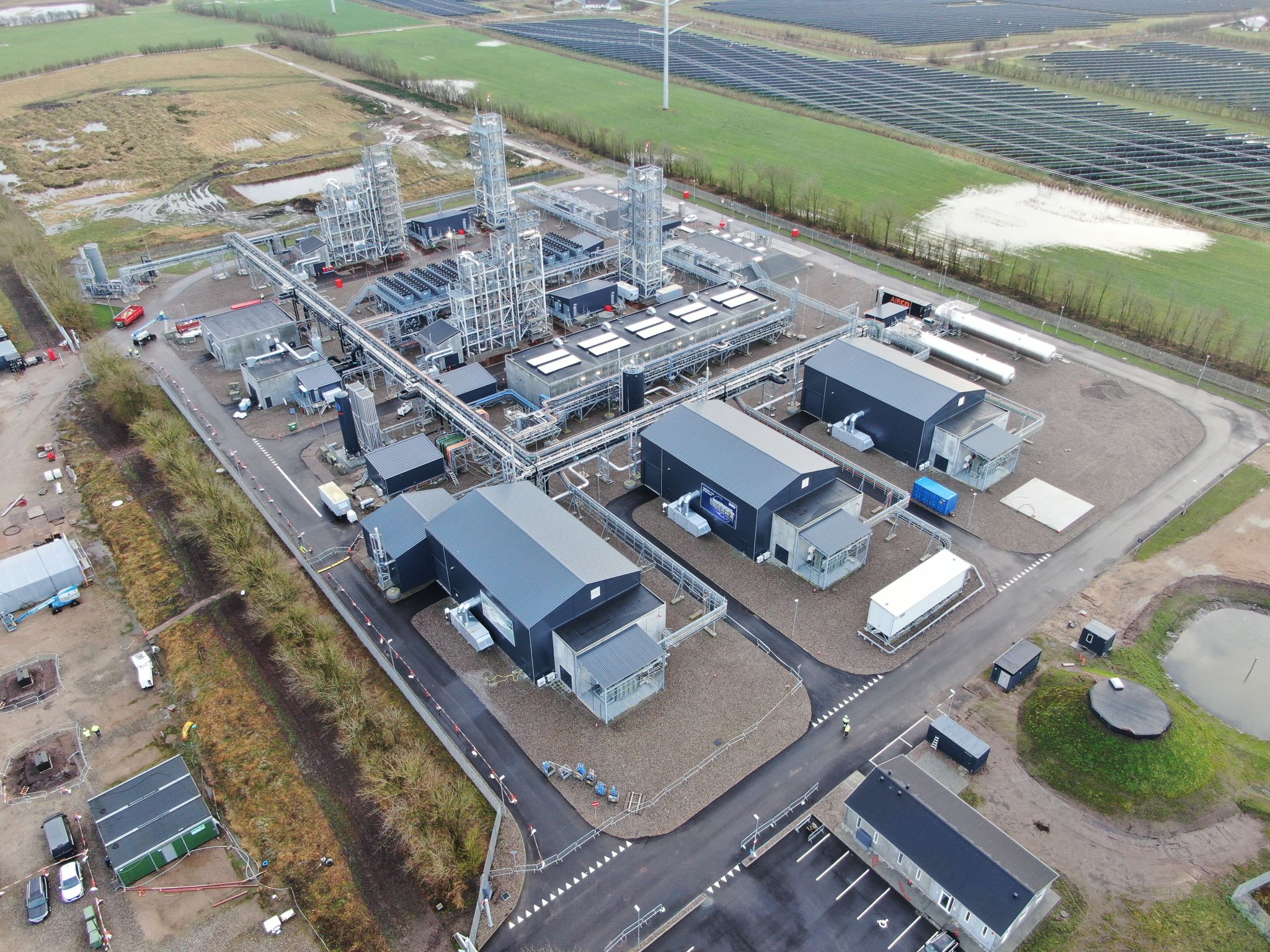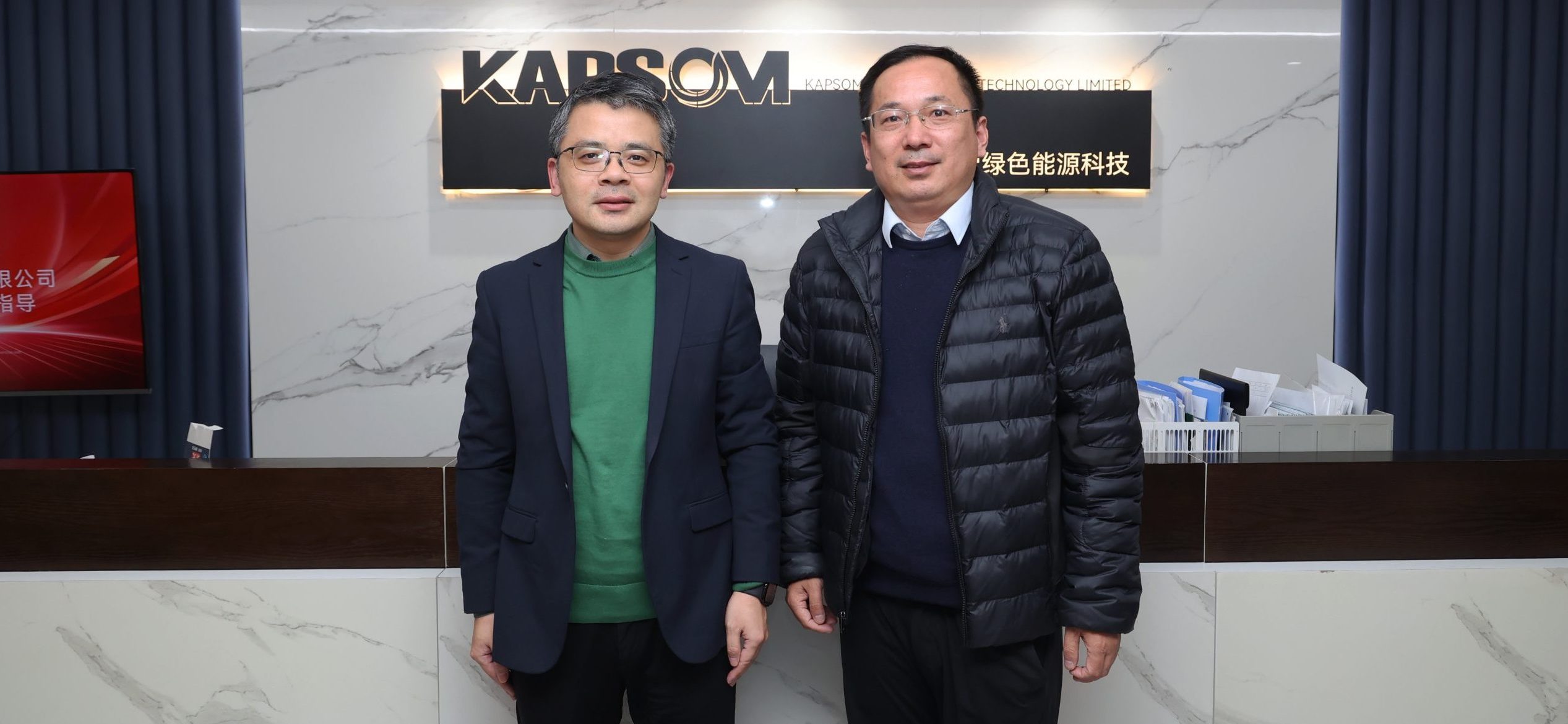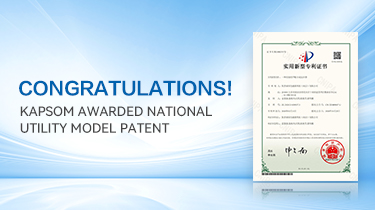Recently, KAPSOM Green Energy Technology’s European Market Manager successfully completed a client visit and market research trip in Spain. The visit focused on European green hydrogen and its derivatives, delving into the key opportunities and challenges in Europe’s green energy transition.

Europe’s Green Hydrogen Hub: Spain
As a key strategic market for hydrogen energy in Europe, Spain is renowned as a “golden hub” for producing low-cost green hydrogen and its derivatives, thanks to its abundant wind and solar resources, advanced infrastructure, and proactive policy support.

Resource Endowment
Renewable Energy Resources
Spain boasts abundant renewable energy resources, with an average of over 2,500 hours of sunshine annually. Additionally, its extensive Mediterranean and Atlantic coastlines make it an ideal location for wind power development.

Geographical Advantages
With low population density and vast land area, particularly in the southern Andalusia region and parts of the northwest, Spain offers ample undeveloped land suitable for large-scale solar photovoltaic plants, wind farms, and facilities for producing hydrogen and its derivatives.
Infrastructure
Transport Pipelines
Spain has initiated planning for hydrogen transport pipelines to facilitate the efficient transportation of green hydrogen and integrate it into Europe’s hydrogen supply chain.

Port Facilities and International Export Capacity
Several ports in Spain are already equipped to export green hydrogen or its derivatives, such as ammonia, to Northern Europe, Asia, and other regions. These ports are poised to become green hydrogen export hubs, efficiently connecting with Europe’s major energy markets.
Policy Initiatives
National Level
The Spanish government has incorporated green hydrogen into its National Energy and Climate Plan, setting clear development targets for hydrogen energy. It has allocated €1.56 billion to support hydrogen research, development, and infrastructure construction.

EU Support
Renewable hydrogen and its derivatives are key enablers of the EU’s energy and industrial decarbonization efforts. To expand the renewable ammonia market, the EU has established the European Hydrogen Bank and H2Global.
Accelerating the Energy Transition and Advancing Green Development
During this visit, we exchanged insights with senior executives from several Spanish green energy companies, shared updates on the latest technological advancements and market trends, and explored potential project collaboration opportunities.
During the discussions, we learned that Europe is intensifying efforts to advance green ammonia production and is expected to become the world’s largest green ammonia market. This progress is driven by the declining costs of renewable energy and electrolyzers, enabling the transition from traditional ammonia synthesis to green ammonia. Furthermore, the demand for clean energy across sectors such as agriculture, industry, and transportation is creating new market opportunities for green ammonia production.

New EU regulations are driving companies to actively transition from traditional crop nutrients to low-carbon alternatives. The EU’s annual fertilizer demand is approximately 10-12 million tons. Regions with intensive farming practices in Western and Southern Europe exhibit higher fertilizer requirements. These areas feature diverse cropping structures, necessitating significant amounts of nitrogen and compound fertilizers.
Ammonia is a critical component of the global fertilizer industry, primarily used in the production of nitrogen and compound fertilizers, as well as serving as a raw material for nitric acid, urea, and other chemical fertilizers. However, traditional centralized ammonia production methods face several limitations, including heavy reliance on fossil fuels, significant price volatility, complex supply chains, and high transportation costs.

To address the limitations of centralized ammonia production, KAPSOM has introduced a targeted solution: decentralized ammonia fertilizer production at farm scale using renewable energy or grid electricity. This approach significantly reduces carbon emissions associated with fossil fuels. By producing fertilizers near farms or demand points, it minimizes long-distance transportation and complex supply chain management costs, making fertilizer production more economical and less dependent on extensive supply chains.
During the discussions, we also noted that regions such as Australia, Northwest Africa, Chile, California in the United States, and the southern Arabian Peninsula are emerging as key future hubs for green ammonia production and export. Northwest Africa, particularly Morocco and Egypt, is leveraging its geographical advantages and abundant solar energy resources to gradually become a significant green ammonia supplier for the European market.

This visit by our Spanish clients not only strengthened KAPSOM’s connections with partners in the European market but also laid a solid foundation for the deeper integration of green energy technologies and market applications. KAPSOM will continue to uphold its philosophy of “proximity to customers and focus on their needs,” working hand in hand with global partners to drive the achievement of global green and low-carbon goals.
For more information about KAPSOM and its initiatives, please contact dongling@kapsom.com.






